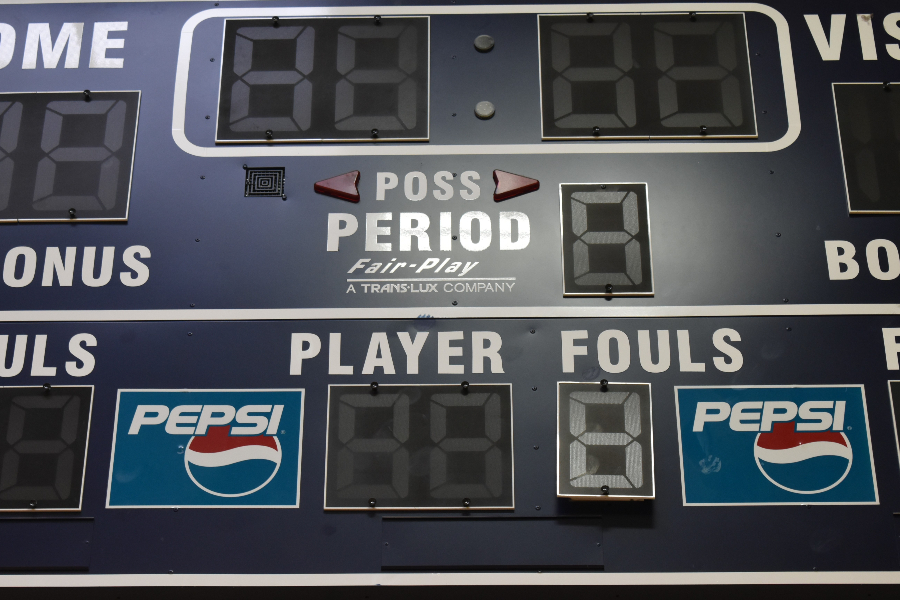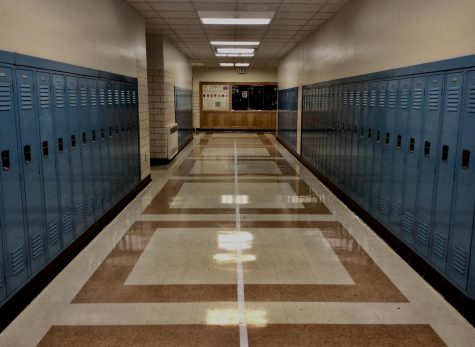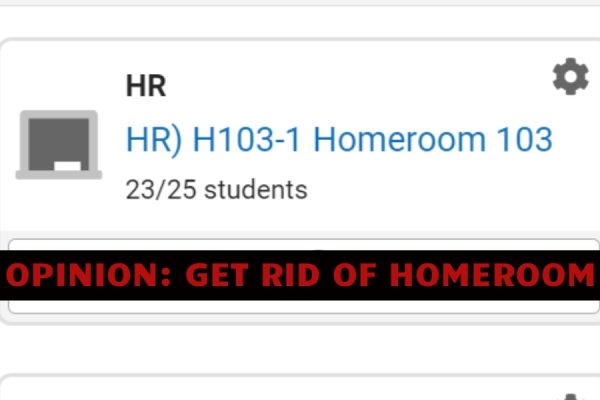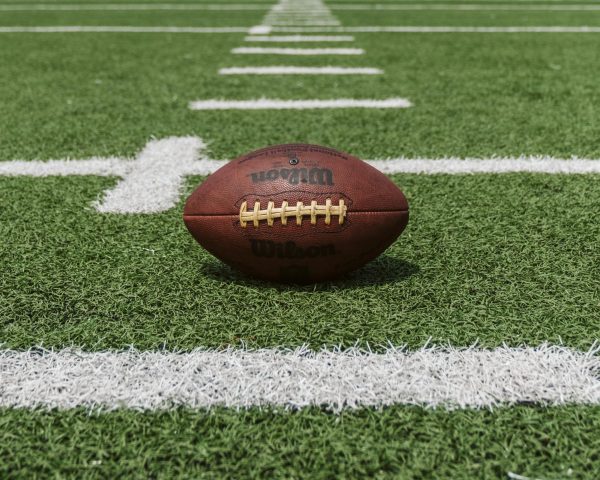Running out of time
A player’s call for a shot clock in PA high school basketball
A shot clock would do wonders for pace of play in PA high school basketball.
February 13, 2020
As a current High School basketball player in the state of Pennsylvania, I have personally seen and experienced the repercussions of not implementing a shot clock.
Currently, the NBA operates the season with a 24 second shot clock, while the NCAA uses a 30 second clock.
A slight disclaimer: For those of you who may not pay too much mind to the game of basketball, a shot clock is a timer that limits how long a team can possess the ball without shooting a shot that hits the rim, allowing the pace of the game to be amplified to a level fit for the athletes of today’s age.
I have witnessed teams that decide to sit back in a 2-3 or 3-2 zone and pack it in the paint, forcing the opposition to pass it around the perimeter until a slight sliver of openness presents itself, and then on the offensive side come down and run a four-corner delay offense until they decide its time to run a set and keep passing the ball, while shooting nothing but wide, and I mean WIDE, open shots.
And then, before you know it, you check the scoreboard heading into the half,and the score is something like 18-15. It’s then you just start to wonder how much fun that really is and why high school basketball is a completely different parallel to the likes of NCAA and the NBA.
I have witnessed teams that decide to sit back in a 2-3 or 3-2 zone and pack it in the paint, forcing the opposition to pass it around the perimeter until a slight sliver of openness presents itself.
Only 10 U.S. states (20%) require a shot clock either 30 or 35 seconds long: California, Maryland, Massachusetts, New York, North Dakota, Rhode Island, South Dakota, and Washington. The consensus around the nation is that the number of states needs to quickly rise.
In 2018, USA basketball and the NBA released age-appropriate rules and standards for youth and high school basketball players, and one of most emphasized outlines was the implementation of a 24 second shot clock for grades 9-12, and a 30 second shot clock for kids of the ages 12-14.
Not having a shot clock presents the game of basketball with some obstacles and downfalls. In the NBA viewers have been accustomed to watching teams consistently scoring 100+ points, while shooting more than 30 three-pointers, with all the flashy dunks and crazy passes so players like Steph Curry and James Harden can average 25+ points and chuck DEEP threes all game.
It would commonly be thought that younger high school kids and youth players would fine tune their games and adapt to quickly changing pace and style of the game. But, in many places, that is not the case.
Tons of younger kids, and even high school teams, still have those old style coaches who like to keep the scores of both teams under 35 points and use up about one minute of the clock every offensive possession. A commonly asked question is, is it acceptable to be allowing the younger generation of up-and-coming athletes to play a style of play built for un-athletic, slower, and less skilled generation of basketball?
I would say no.
CONS OF IMPLEMENTING THE SHOT CLOCK
There may be more cons than are listed here, but I want to touch on the ones that I believe are the most relevant.
1.) The most common argument against having a shot-clock and playing the stall game is that “you have to do whatever it takes to win.” While this is understandable, and nobody should get mad or blame coaches for playing “stall-ball”, it is arguably the #1 reason that ruins the game for players and viewers.
It isn’t necessarily the coaches fault. It’s not like they’re breaking the rules of basketball, but there is someone to blame for the slowed pace of the game in many parts of the country.
It’s up to the NFHS, or the National Federation of State High School Associations Basketball Rules Committee, to adapt and change the game to better fit the style of play of today’s athletes.
2.) Extra costs. School’s would have to generate the money to install working, visible shot clocks in their own gymnasium, and also possibly pay an extra person who can consistently run it correctly.
3.) Change of pace. While I am in the majority and believe the change of pace will be a POSITIVE change, it definitely will be a change. More teams will drop into zone and try to force bad shots, and the teams who already struggle to compete will struggle even more to keep the games close, and I think that is a good thing, leading us into out first pro for the shot clock.
PROS OF IMPLEMENTING THE SHOT CLOCK
1.) Because the bad teams will get worse it will force them to either grind, put in the work, and adjust to get better, or accept failure and the end of their basketball program. “Survival of the fittest”: the good teams will be able to keep going and good coached will prepare kids for the change, but the bad ones will be stuck being, well, bad!
2.) Stops teams from stalling. Many tough, close, gritty games (high scoring or low scoring) get down to the end and teams start to stall. Picture a championship game, the teams have been going on runs all game and the higher seed is up 4 with 2 minutes left. Their best scorer fouls out and the coach feels like they might as well win the game by wasting time. Both teams have played 2 games in the past week, and the defense is feeling a little wobbly, trying for a couple last stops.
The coach wants to pass it around and waste a minute per possession and force the team to foul and accept defeat.
Yeah, the game was exciting, and everything went smooth until the outcome was ruined and ultimately determined by NOT having a shot clock. Maybe, just maybe, the better team didn’t actually win.
3.) Prepares students for the next level. Despite whether or not a team has 4 D1 athletes, or 1 D3 athlete, or even zero collegiate athletes, a shot clock would help players adjust, and get prepared for what faces them at the next level. A consistent shot clock will be there no matter what at college, so why send athletes to their school without having any sort of feel for what its like to have your offensive possessions cut down.
4.) Viewing experience for fans. This one is one of the most obvious. Why would anyone waste good money to watch a high school basketball game with score ending in the 20’s, or 30’s or sometimes even the 40’s and 50’s? People want a reason to get out and enjoy a sport that has been exciting and fast paced in the higher levels. How many of you would rather watch a team win 32-28 than watch a team win 96- 91?
CONCLUSION
A shot clock is never questioned at the collegiate or pro level, so why do we continue allow it to be a topic of debate at the high school level where there are so many more players participating than any other level. allow the players to develop, allow the fans to enjoy games, allow the games to be exciting. While preventing the games from being boring, and stalled out.






















